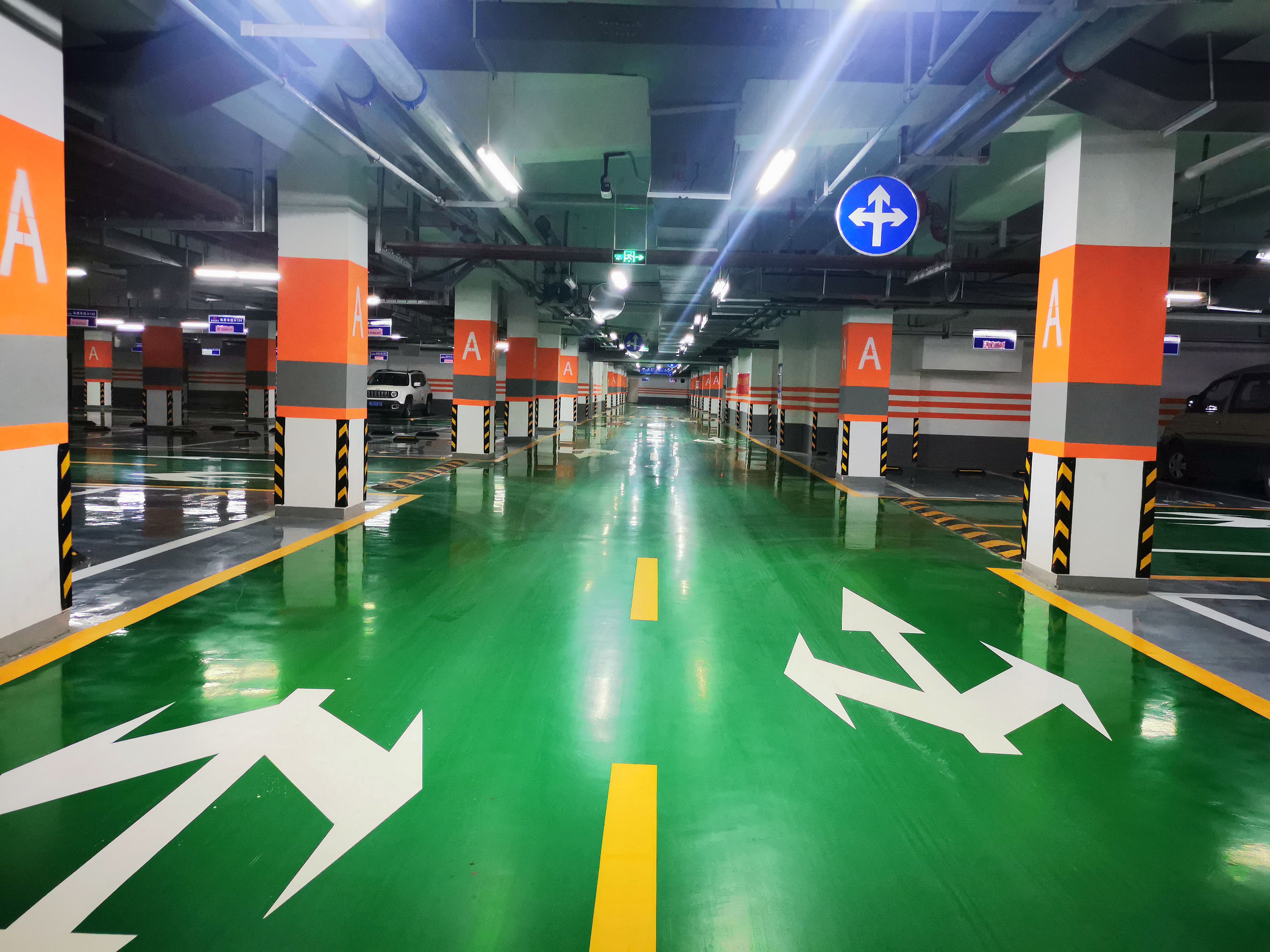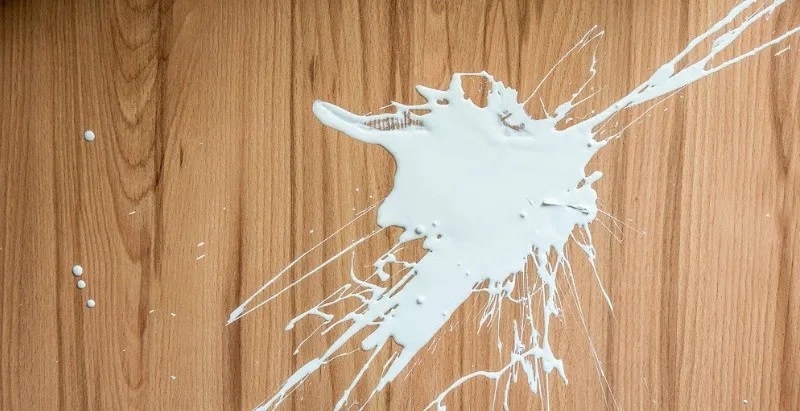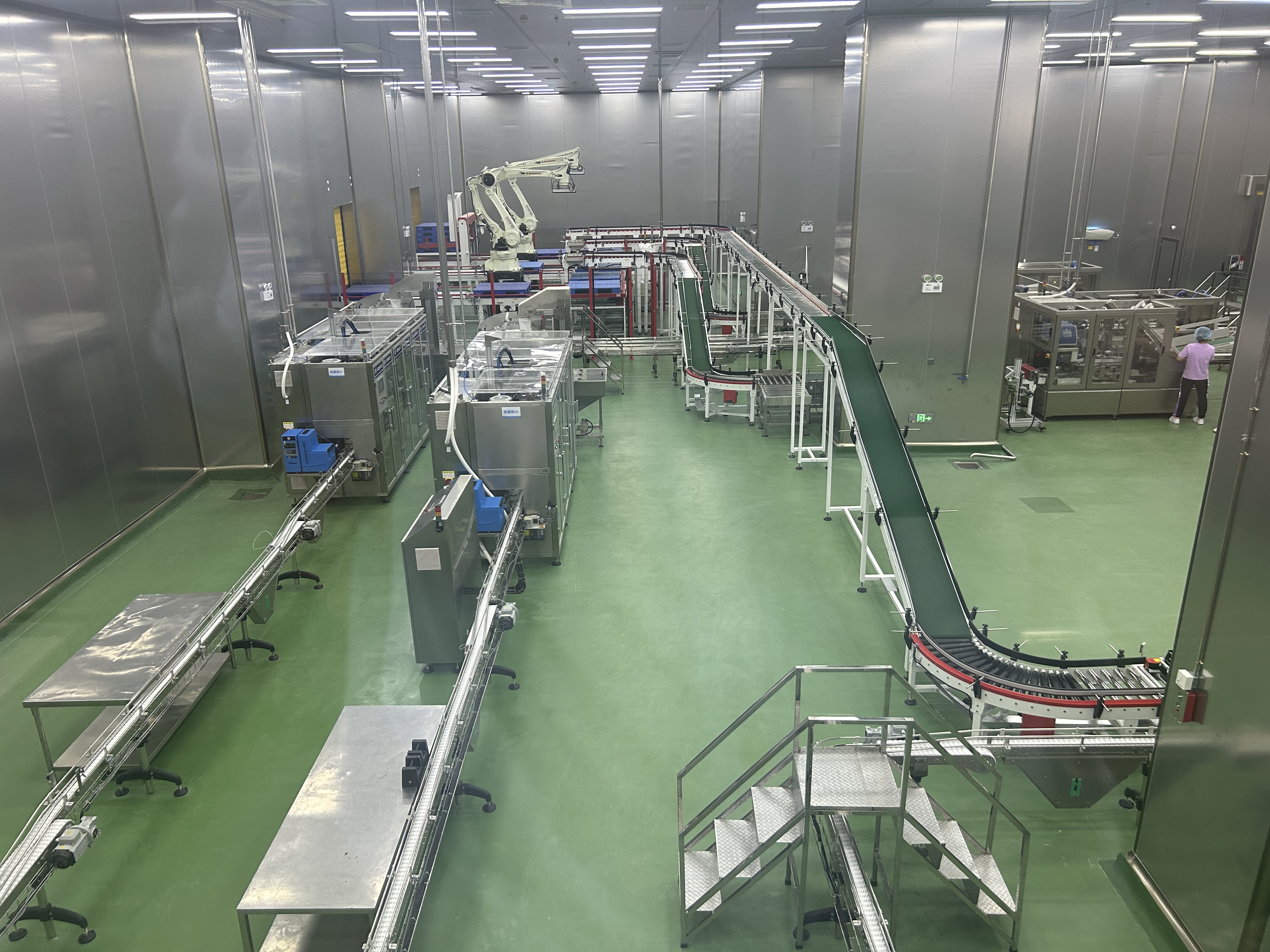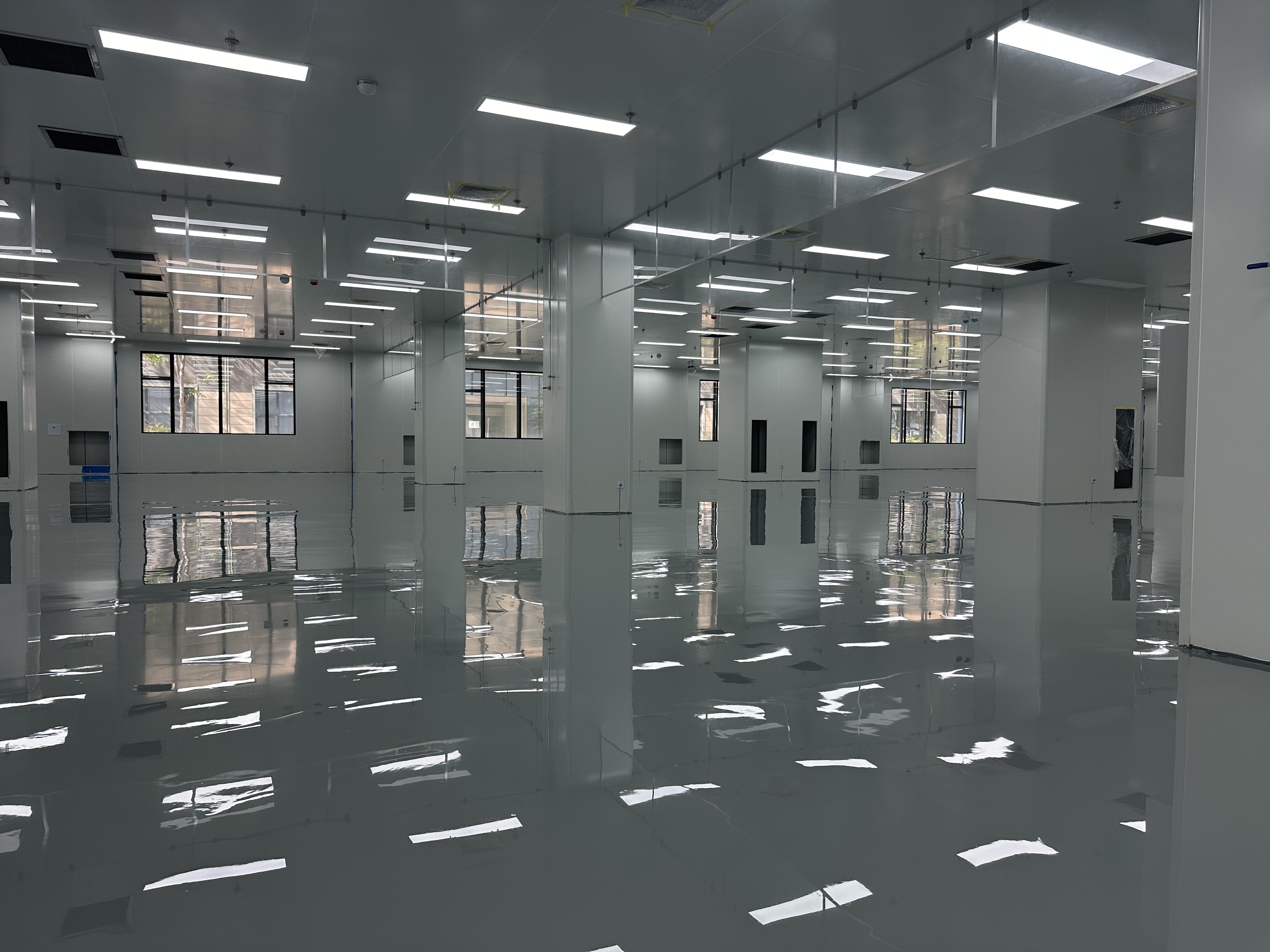How to choose the usage scenario of epoxy floor paint?
In various industrial and commercial settings, the selection of floor paint directly affects the durability, safety, and functionality of the ground. It is necessary to accurately match the specific environment and performance
requirements.
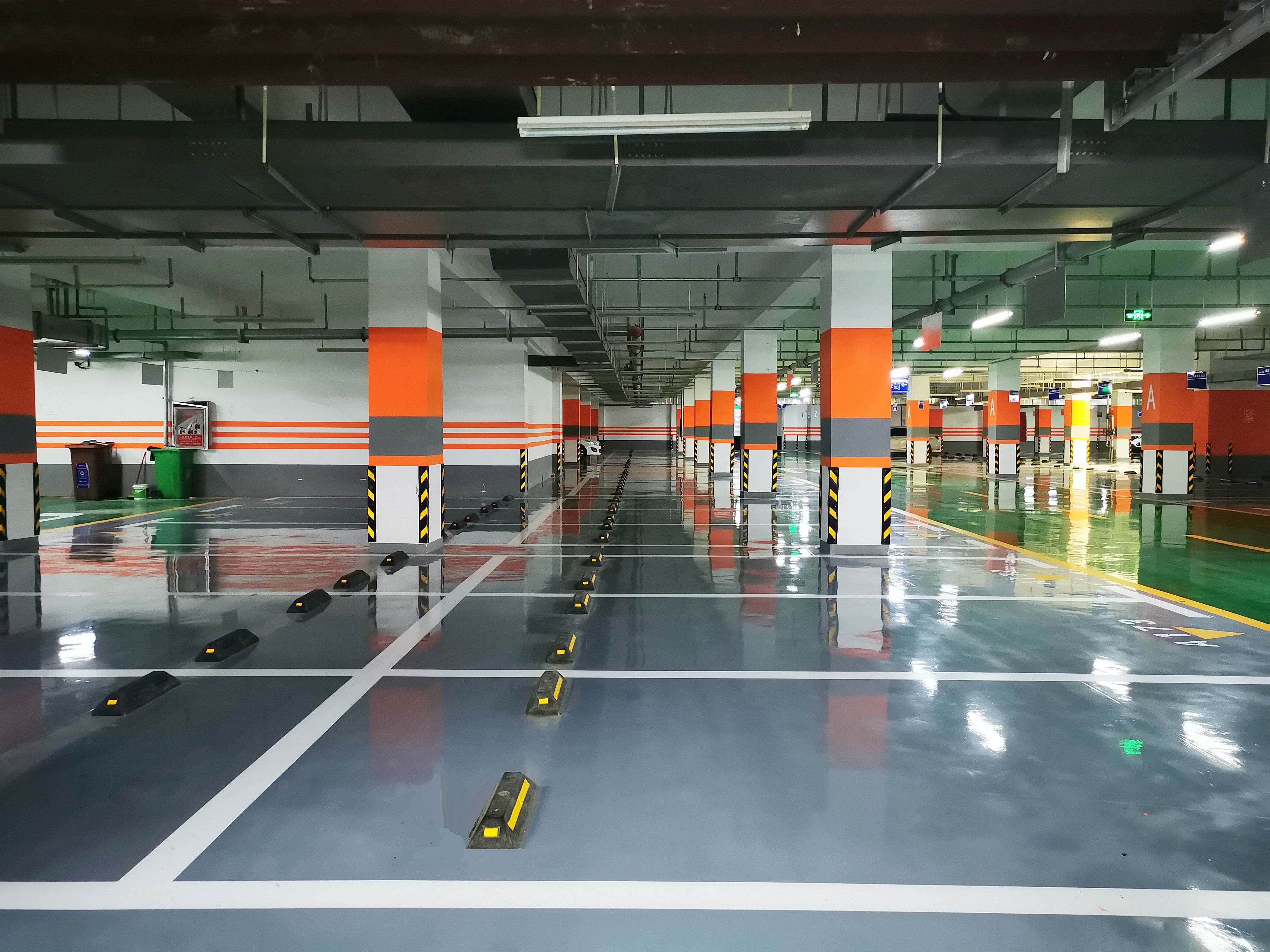
1. Usage Scenarios and Floor Paint Selection
Chemically exposed environments: Places such as laboratories and chemical plants that often come into contact with acids, alkalis, and solvents have a core requirement for the corrosion resistance of floor paint. In such cases,
epoxy-based floor paint should be preferred. This type of floor paint can effectively resist the erosion of chemical media, and it is necessary to select industrial floor paint of the corresponding grade according to the
concentration of the corrosive medium to ensure long-term and stable protective effects.
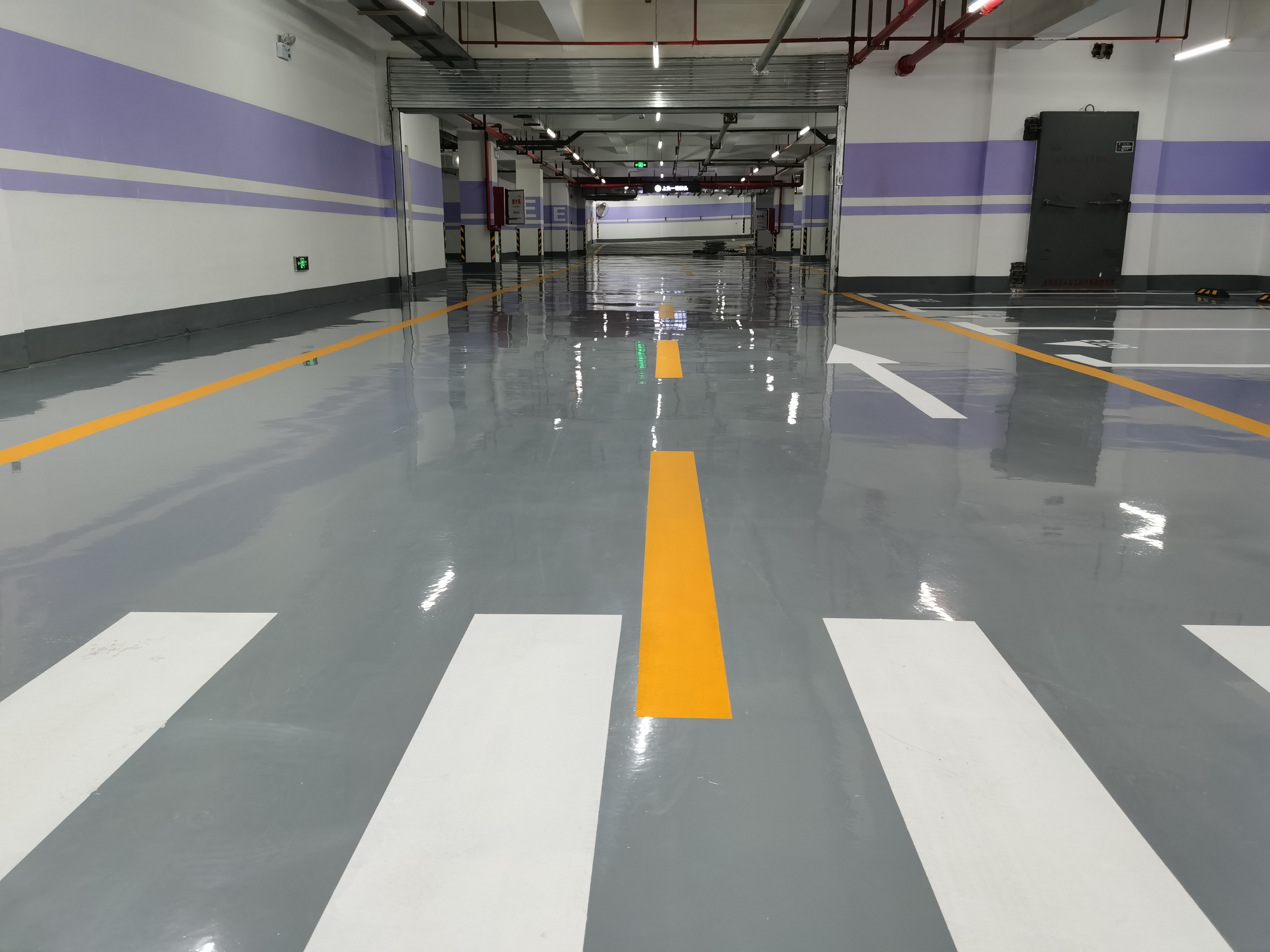
High mechanical wear places: Areas such as workshops and warehouses often face frequent rolling and friction from forklifts and heavy objects, which have extremely high requirements for the wear resistance and impact
resistance of floor paint. For such scenarios, mortar-type or self-leveling epoxy floor paint is an ideal choice. They can enhance the wear resistance of the ground with their special material composition, effectively coping with
the loss caused by high traffic or heavy loads.
Places with high hygiene requirements: In places with strict hygiene requirements such as hospitals and food factories, floor paint must not only be easy to clean but also have good antibacterial properties. Water-based or
solvent-free epoxy floor paint performs well in such scenarios. Its smooth surface is easy to take care of, can reduce bacterial growth, and meet the needs of high hygiene standards.
Places with anti-static requirements: In places such as electronic workshops and data centers, static electricity may cause serious damage to equipment and products. Therefore, floor paint needs to have anti-static functions.
Configuring conductive or anti-static epoxy-based floor paint can achieve effective dissipation of static electricity, ensuring the safety of the place and the normal operation of equipment.
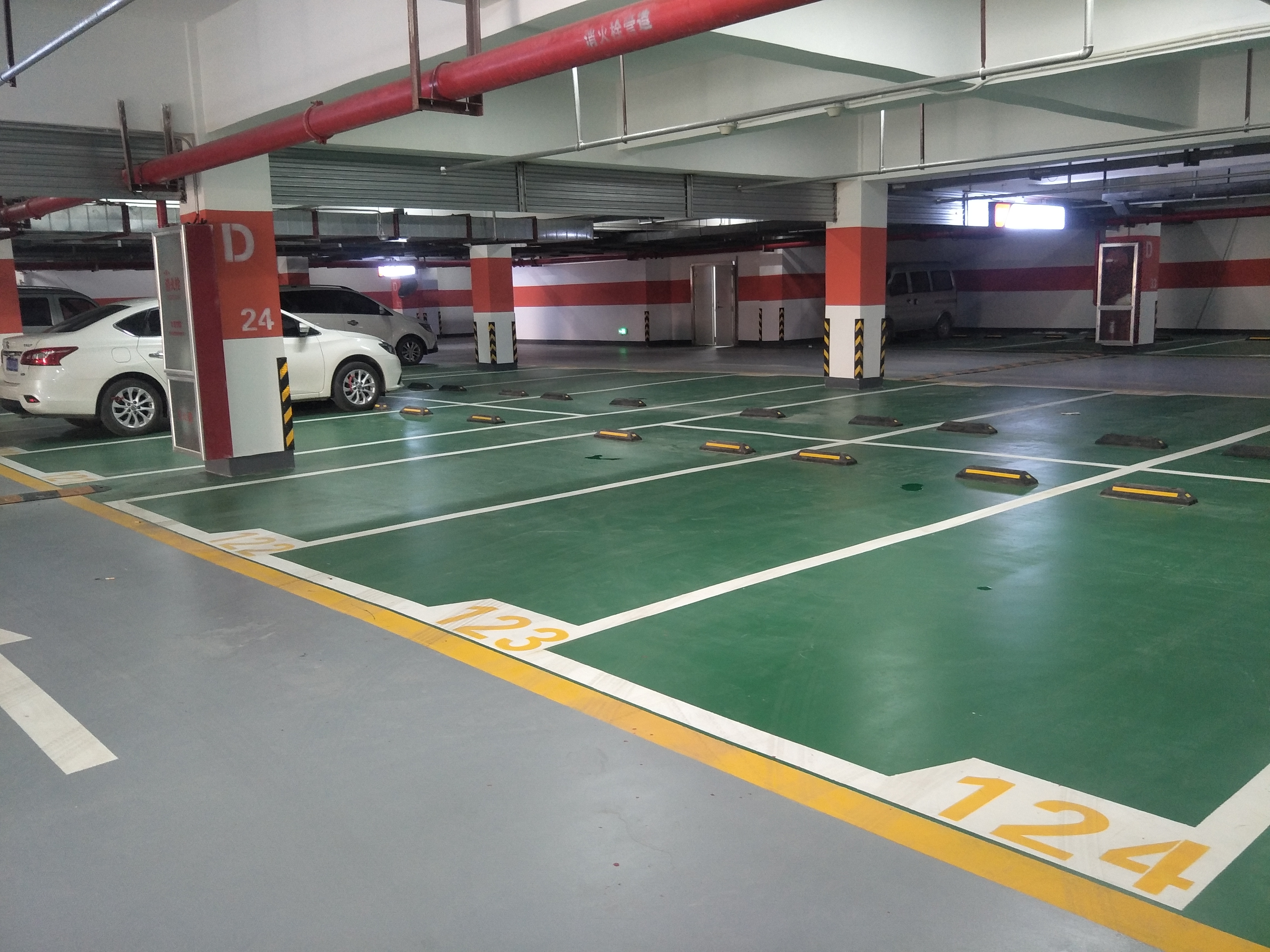
2. Matching of Floor Paint Performance Requirements
Adaptation of mechanical properties
Wear resistance: The wear resistance of floor paint needs to be determined according to the types of vehicles in the place, such as forklifts and heavy trucks, as well as the load weight. Different usage intensities correspond to
different wear resistance levels. Choosing the right floor paint can ensure that the ground can withstand wear for a long time without being easily damaged.
Pressure resistance: It is necessary to test the maximum pressure-bearing value of the ground in advance. For places with high pressure-bearing requirements such as heavy industrial areas, mortar-type epoxy floor paint is
recommended. Its solid structure can effectively bear large pressure and ensure the stability of the ground.
Consideration of chemical properties
Acid and alkali resistance: According to the types of chemical media that may be encountered in the place, such as sulfuric acid and oil stains, select floor paint with corresponding corrosion resistance. A dedicated
anti-corrosion coating can form a solid barrier to prevent chemical substances from eroding the ground.
Anti-slip property: In ramps or environments prone to oil stains, the anti-slip property of floor paint is crucial. Anti-slip particles can be added or floor paint with a matte surface treatment can be selected to increase the
friction of the ground and reduce the risk of slipping.
Adaptation to base surface conditions
Strength: The compressive strength of the base ground must reach ≥20MPa. If the strength is insufficient, it is necessary to first carry out reinforcement or repair treatment before laying floor paint to ensure that the
floor paint can be firmly bonded to the base and avoid problems such as falling off.
Moisture content: For humid areas, water-based epoxy floor paint or a floor paint system with good air permeability should be selected. This type of floor paint can better adapt to humid environments, prevent blistering
caused by the inability of ground moisture to, and ensure the service life of the floor.
Link to this article:https://sprcoating.com/news/How-to-choose-the-usage-scenario-of-epoxy-floor-paint_115.html
